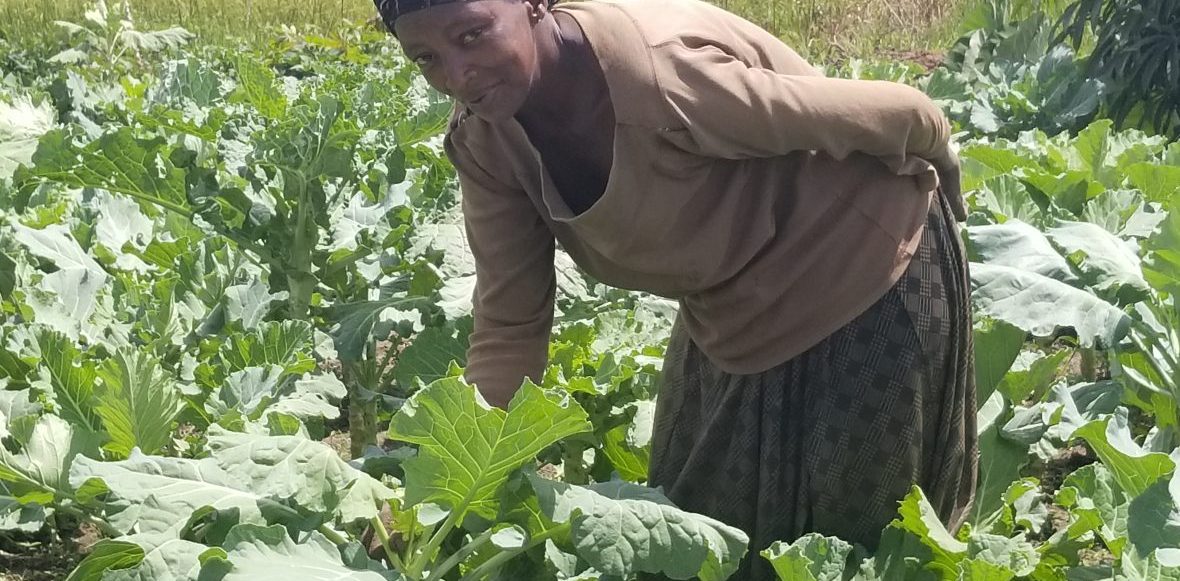@ www.givingway.com/project/f699cb.
‘When you educate a woman, you educate a whole community’.
Education is one of the most effective ways to empower girls and their communities. Yet, many families in Uganda cannot afford to send their girls to school.
Girls who complete secondary school experience many benefits. Typically, they…
- are three times less likely to become HIV positive
- have increased earning power of 15-25% for each additional year of schooling
- have lower maternal and infant mortality
- reinvest about 90% of their income into their own families
- are more likely to start their own businesses, leading to both self-sufficiency and a stronger economy
- can support the development of Uganda through increased social and economic power
Donations will cover the school fees for the girl as well as other school-related costs. Selected girls’ families will also be trained in gardening and other income-generating activities so that they can provide for their family’s needs in the future.
How does it work?
You can choose a specific girl or request to sponsor whoever needs it most. Once you sign up, we’ll send you more details on payment, how to contact your girl, and other logistics.
You’ll receive an introductory letter from your girl when you start your sponsorship. Additionally, you will also receive updates from the girl you’ve sponsored and her school each term (three times per year), including:
- a letter and photos from the girl
- an academic progress report
- updates from her school and family
I’m interested. How much does it cost?
Because school fees vary between grade levels and schools, each girl requires a different level of financial support. Costs vary from €5 to €90 or $6 to $100, per term.
FAQs
How do you select girls?
We contacted 7 schools in the Hoima District who each identified 2 girls who had high academic potential but were also believed to be critically vulnerable. We evaluated these 14 girls using the Household Vulnerability Assessment Tool (HVAT) jointly developed by the Ministry of Gender Labor and Social Development and USAID that evaluates the household’s economic strengthening, food and nutrition security, health and water sanitation, education, psychosocial support, and child protection. You can view the assessment tool here.
How much does the sponsorship cost, and where does the money go?
Each girl’s school fees vary, so the cost of the sponsorship varies as well. All of the girls’ school fees are listed on our Meet the Girls page and on the sponsor sign-up page. The fees listed are per term, and there are three terms in a year.
Additionally, some girls need a new uniform, which may cost anywhere from 60,000-150,000 Uganda Shillings, or about €15-37, depending on the girl’s size, the requirements of the school, and the fee that the tailor charges. Remember that this is a one-time cost.
What does my sponsorship cover?
With the help of your sponsorship, Eco-Agric will cover your girls’ school fees and uniforms if needed. Eco-Agric may also pay for certain school-related costs, as required.
School fees are paid directly to the school, and all receipts will be archived by the organisation and are available to sponsors upon request.
What kind of schools do girls attend?
All of the girls attend government-funded schools in the Hoima District.
What contact will I have with my sponsor?
We will update you on the girl’s academic progress each term. You will also receive:
- An introductory letter following your commitment to sponsorship
- Letters and photos from the girl and her family
- Updates from the girls’ school and family on her academic and personal growth
You can also contact the girl you’ve sponsored through Eco-Agric. We will send more information on how to contact her following your commitment to sponsor.
What if I can’t afford the full amount?
If you can’t afford the full amount, we recommend holding a fundraiser, such as a bake sale or a car wash, to raise the remaining cost of the school fees. You may also share the cost with a group of friends, a club, or an organisation.
